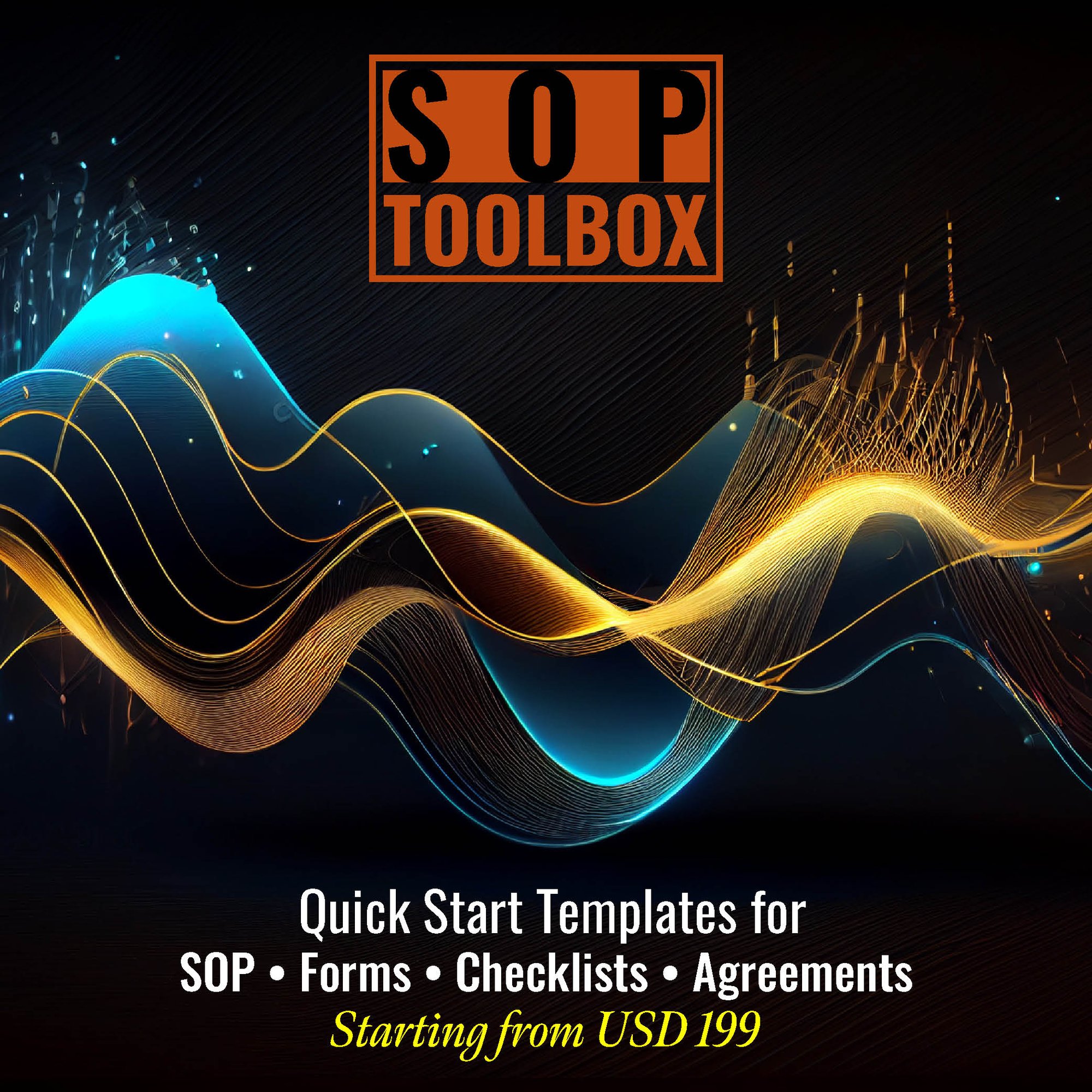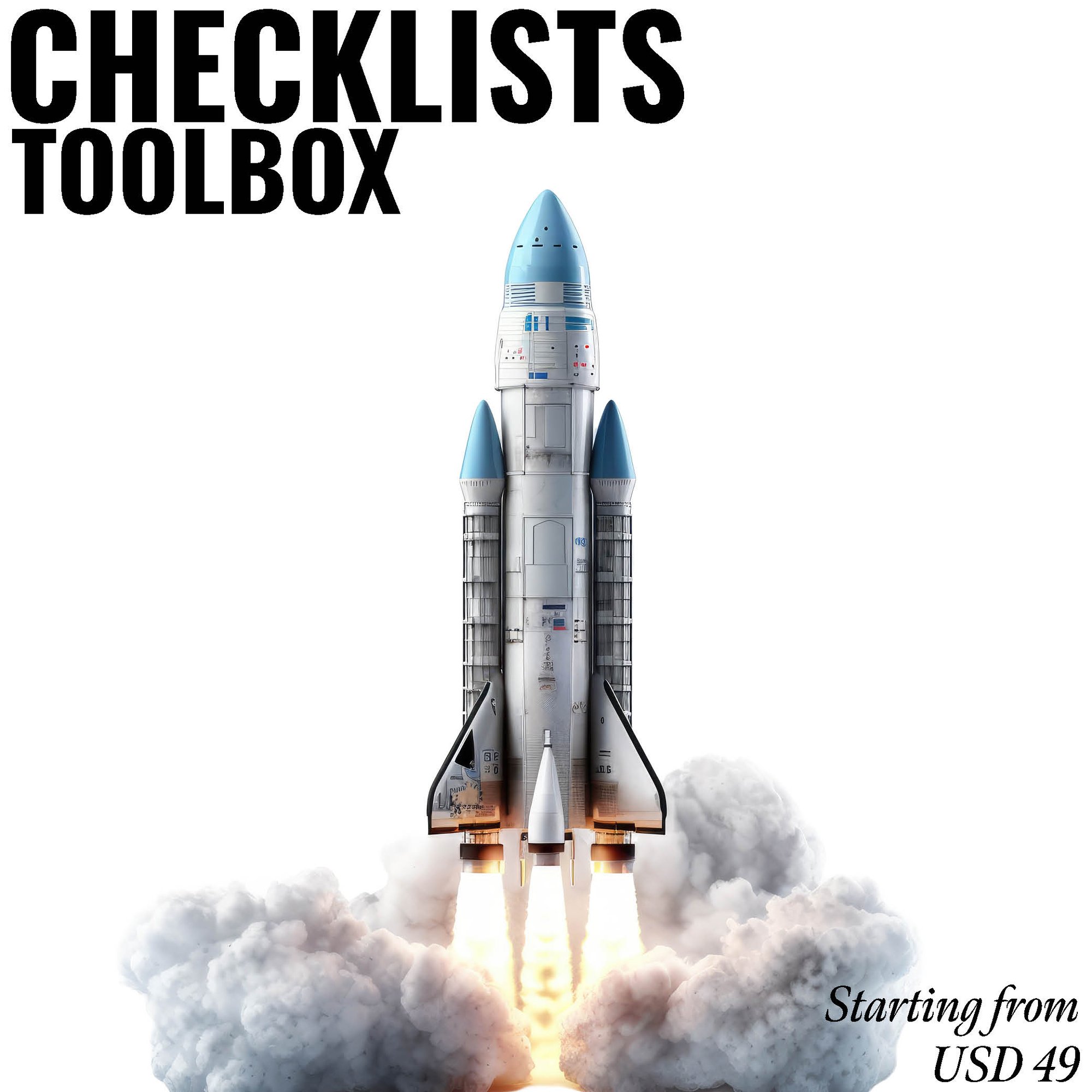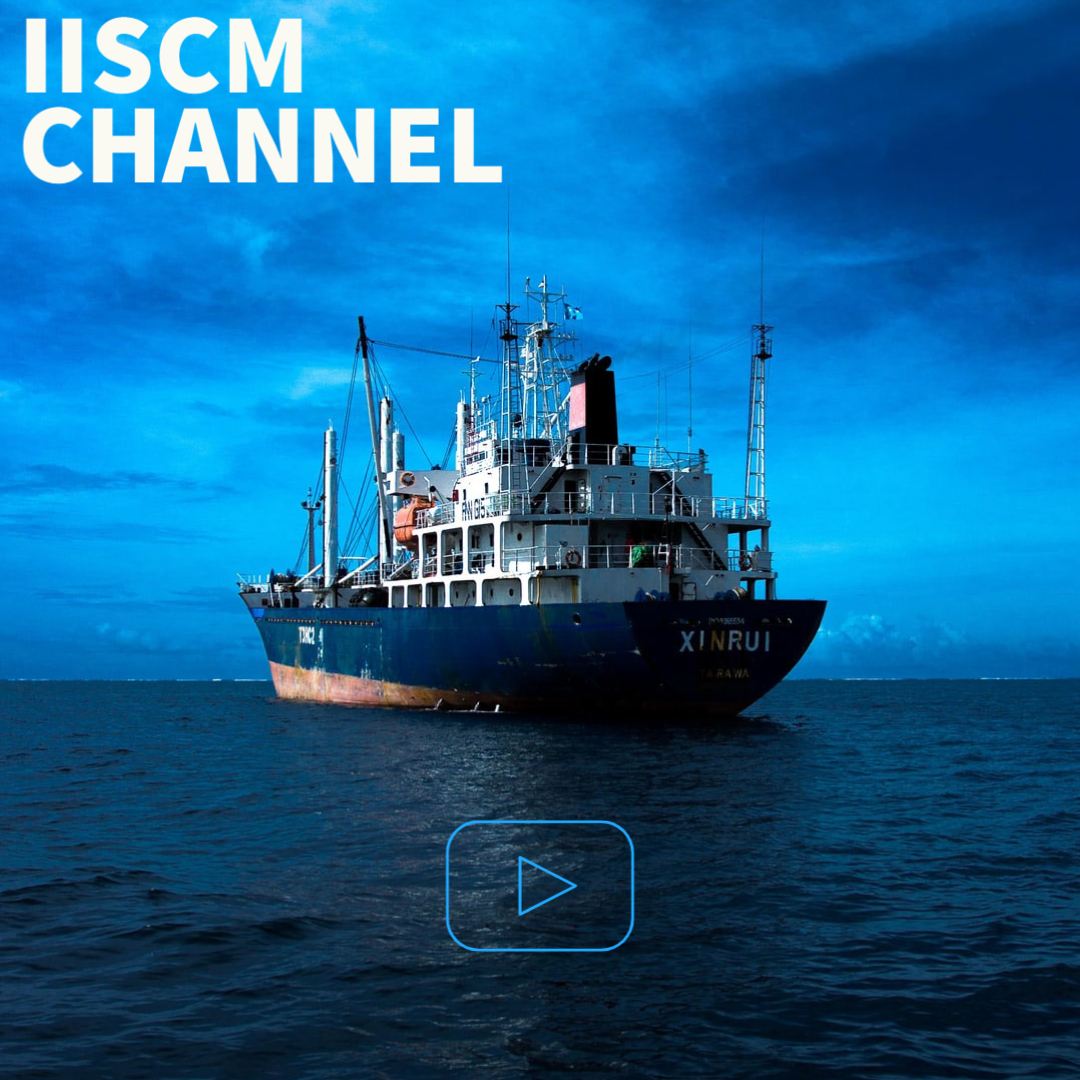Asset management guidelines are structured procedures that assist organizations in managing and optimizing their physical and financial assets. These guidelines ensure the effective tracking, maintenance, and utilization of assets, aiming to maximize their value over time while minimizing risk and cost. Asset management covers all asset types, including real estate, equipment, financial investments, and intellectual property. By establishing clear asset management protocols, organizations can improve decision-making, enhance operational efficiency, ensure compliance with legal regulations, and reduce the risk of asset mismanagement or loss. These guidelines are crucial for effective long-term planning and financial stability.
How Fhyzics Business Consultants Templates on “Asset Management Guidelines” Helps Organizations
Fhyzics Business Consultants offers well-designed templates for asset management guidelines, helping organizations streamline their asset tracking, valuation, and maintenance processes. These templates provide a systematic approach to managing both tangible and intangible assets, such as property, equipment, technology, and financial assets. By using Fhyzics’ templates, businesses can standardize their asset management processes, ensuring consistency and accuracy in tracking and reporting.
Fhyzics’ templates help organizations set up clear policies for asset acquisition, usage, disposal, and depreciation, contributing to better decision-making and cost management. Furthermore, the templates include instructions for performing asset audits and establishing preventative maintenance schedules, reducing the risk of asset failure or loss. The guidelines also help businesses optimize asset utilization, ensuring they get the maximum value out of their investments.
Additionally, these templates support regulatory compliance by ensuring that all assets are managed in accordance with industry-specific rules and standards. By implementing Fhyzics’ asset management templates, organizations can achieve greater operational efficiency, reduce overhead costs, and ensure long-term sustainability. Overall, these templates help organizations take control of their assets, enhance performance, and protect valuable resources.
Top 10 benefits of Asset Management Guidelines:
1. Enhanced Asset Tracking: Ensures all assets are tracked and monitored effectively.
2. Operational Efficiency: Streamlines processes for asset management, improving overall efficiency.
3. Cost Savings: Reduces unnecessary expenses through better utilization and maintenance.
4. Regulatory Compliance: Helps businesses comply with industry standards and legal regulations.
5. Risk Mitigation: Reduces the risk of asset loss or mismanagement.
6. Better Decision Making: Provides accurate asset data for informed decision-making.
7. Long-Term Sustainability: Ensures assets are maintained and utilized optimally over time.
8. Improved Maintenance: Establishes schedules for regular asset maintenance, preventing costly breakdowns.
9. Financial Reporting: Aids in accurate financial reporting by tracking asset values and depreciation.
10. Increased Asset Value: Maximizes the value derived from assets through proper management.
This Article is Uploaded by: Gokul K
Keywords: asset management guidelines, asset tracking, asset optimization, asset lifecycle management, asset maintenance, asset audit checklist, asset utilization, asset management policies, asset depreciation, asset management procedures, asset performance, inventory management, fixed asset management, asset management strategy, asset risk management, asset value optimization, asset compliance, asset inventory control, asset management software, asset management best practices, asset management plan, asset investment management, capital asset management, equipment management, asset management standards, real estate asset management, asset protection policies, asset maintenance procedures, asset recovery, asset valuation, asset accounting, asset disposal procedures, asset management compliance, asset portfolio management, asset management audit, financial asset management, asset categorization, asset allocation, equipment asset tracking, asset registration, asset life cycle, intangible asset management, asset planning, depreciation management, asset classification, asset replacement policies, asset investment, asset health tracking, physical asset management, technology asset management, asset risk assessment, IT asset management, asset investment strategies, asset depreciation tracking, operational asset management, regulatory asset management, asset reporting, asset control procedures, asset identification system, asset monitoring, asset data management, asset oversight, asset protection strategies, asset acquisition policies, organizational asset management, machinery asset management, asset repair protocols, asset safeguarding, asset disposal strategies, asset recovery systems, asset performance tracking, long-term asset planning, business asset management, corporate asset management, asset register, asset repair management, asset retirement policies, asset auditing procedures, enterprise asset management, asset tracking system, asset cost management, asset management frameworks, tangible asset management, digital asset management, global asset management, asset reporting templates, asset performance management, asset management guidelines template, asset management policies and procedures, industrial asset management, commercial asset management, energy asset management, asset return on investment, asset risk management plan, asset portfolio guidelines, fixed asset inventory, asset management training, asset portfolio optimization, inventory asset policies, asset safety measures, asset budget management, asset repair schedules, asset tracking solutions, asset accountability, asset documentation, capital asset portfolio, IT infrastructure asset management, sustainable asset management, equipment lifecycle, asset management tools, asset retention strategies, strategic asset management, asset investment returns, financial management of assets, asset performance improvement, asset management for manufacturing, and asset operations management.















